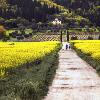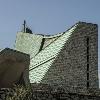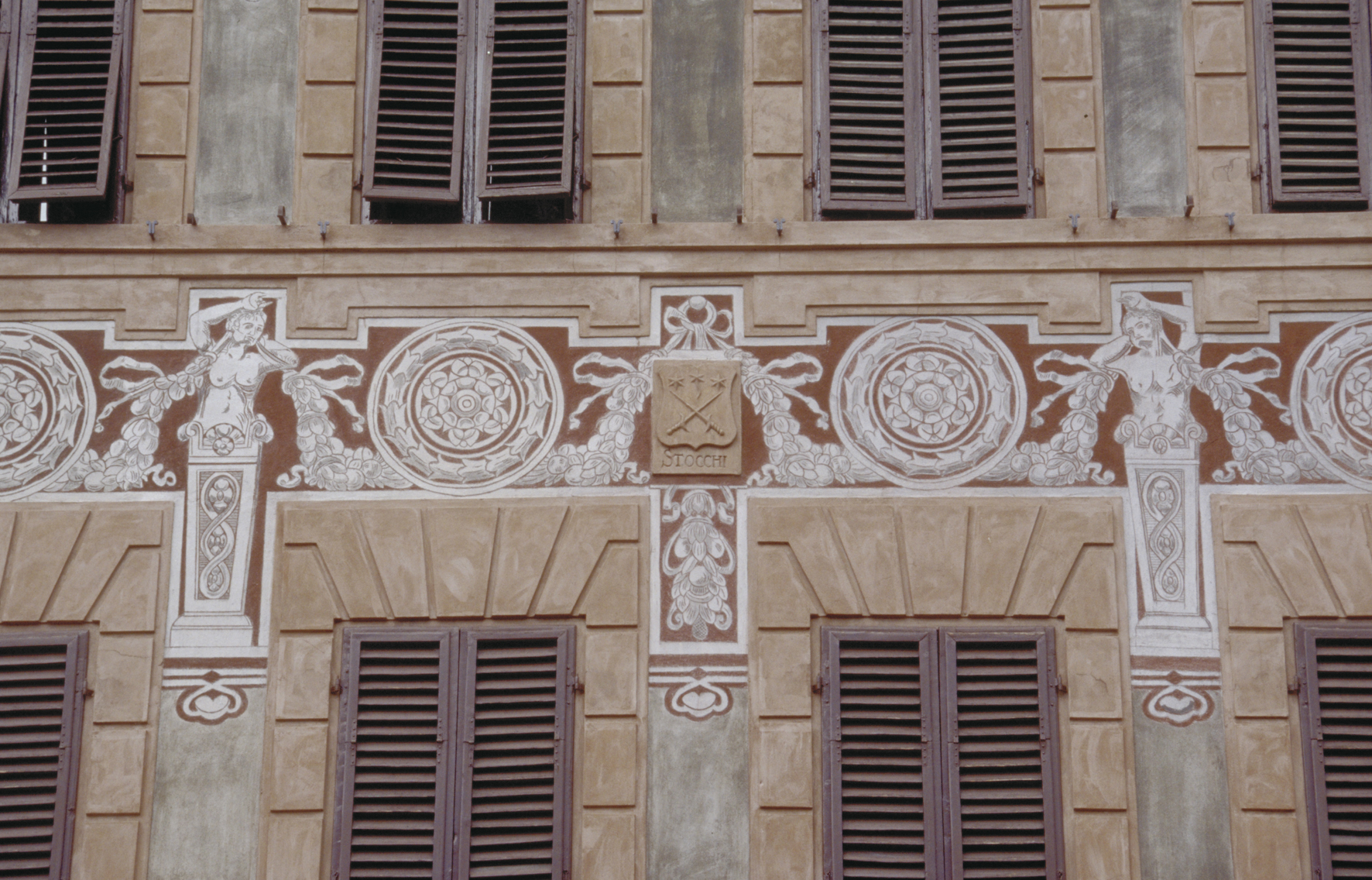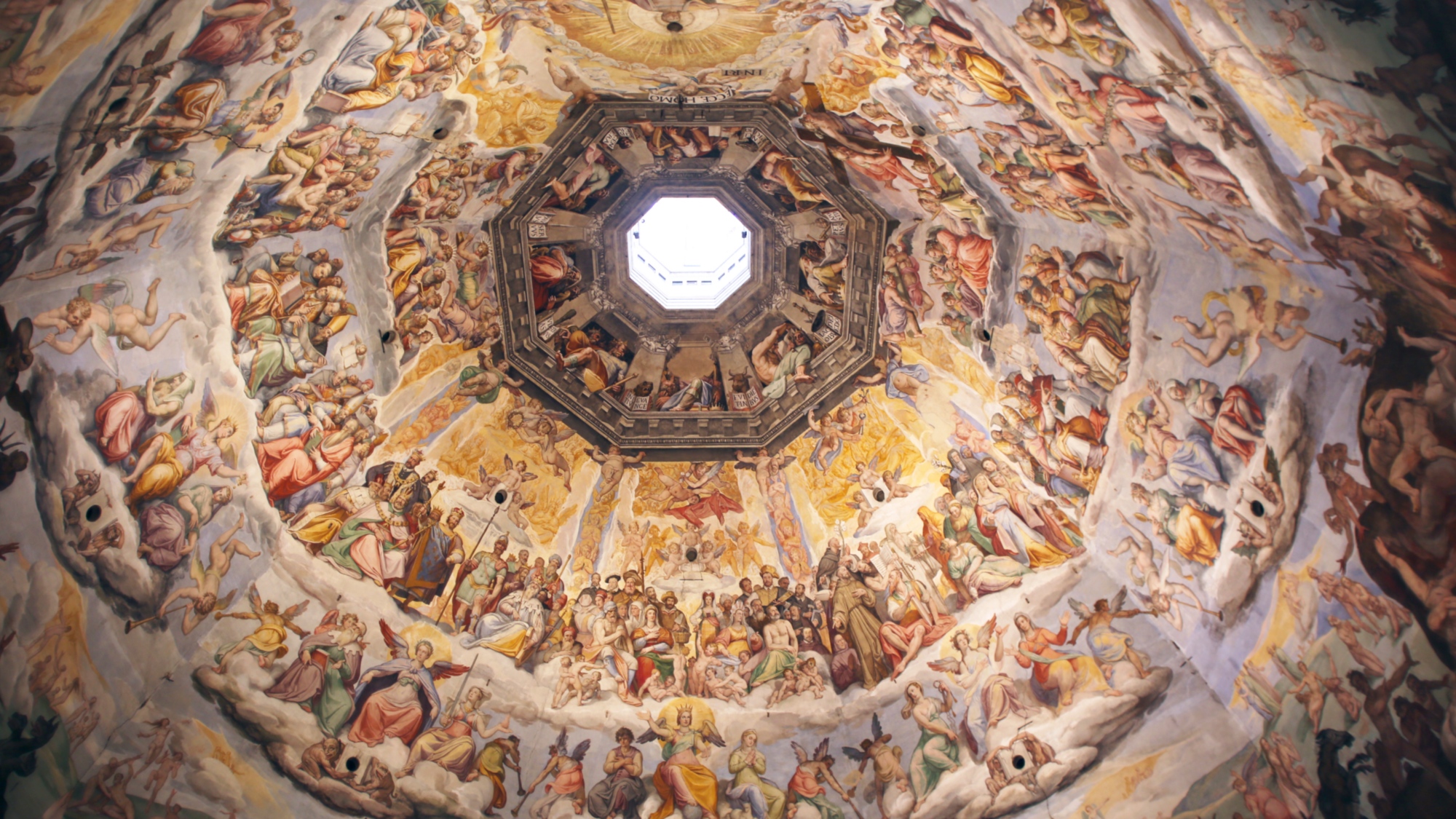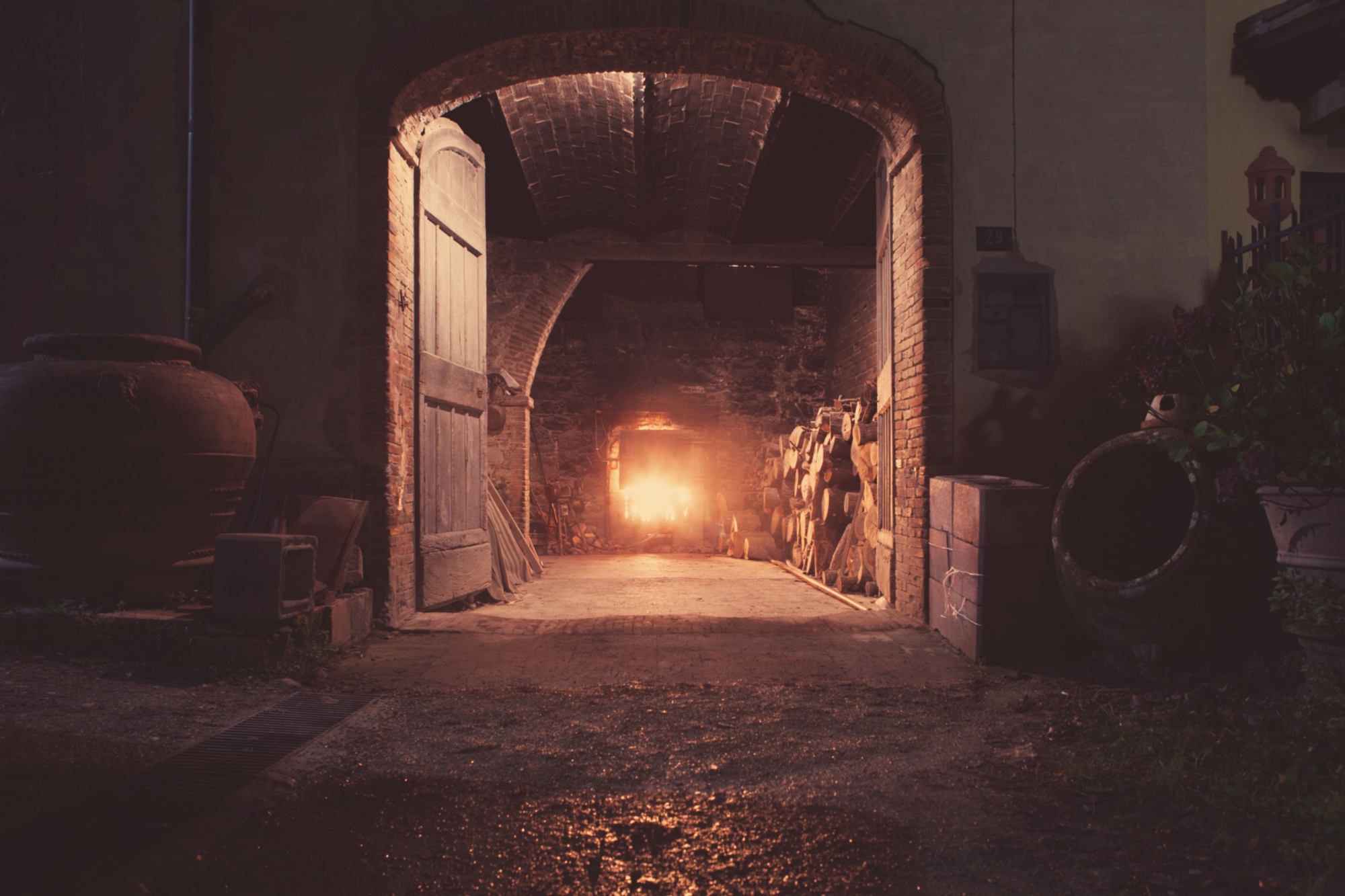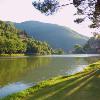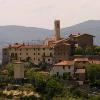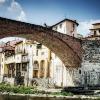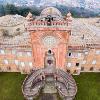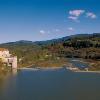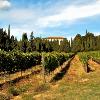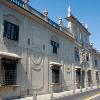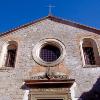Vaglia is famous for the beautiful Pratolino Park of Villa Demidoff, founded on the remains of the old Pratolino Medici Villa, which was demolished in 1822. Once the estate had been purchased, the family of Russian origin appointed the old pages’ building as the new villa, expanding and restructuring it. The park, albeit changed extensively and made bare over the centuries, is one of the most beautiful in Tuscany, and its English-style gardens are probably the most important in the region. Giambologna’s famous Apennine Colossus is the park’s star attraction, a massive sculpture that dominates a small lake and never ceases to wow visitors. Another reason to visit the park is that it’s free of charge!
In Vaglia make sure you see the Church of San Pietro (noted in a document dating to 983), which is home to some important seventeenth-century paintings; the medieval Church of San Romolo; and the old Parish Church of San Cresci.
In addition, the town is a stop along the Renaissance Ring, a route that’s interesting for its scenery.




















